The First Explorers of India: Who They Were and What They Found
India has captured the imagination of the world since the ancient times. While some of the first explorers of India came to our shores seeking knowledge, others were captivated by the stories of our golden culture, while still others set their foot to discover the myriad riches of the land and to trade for the wide variety of unique wares that only our land yielded.
It is truly fascinating to imagine that even when the means of travel were so limited, the curiosity of man forced him to forsake the comforts of his home and discover what the world has to offer.
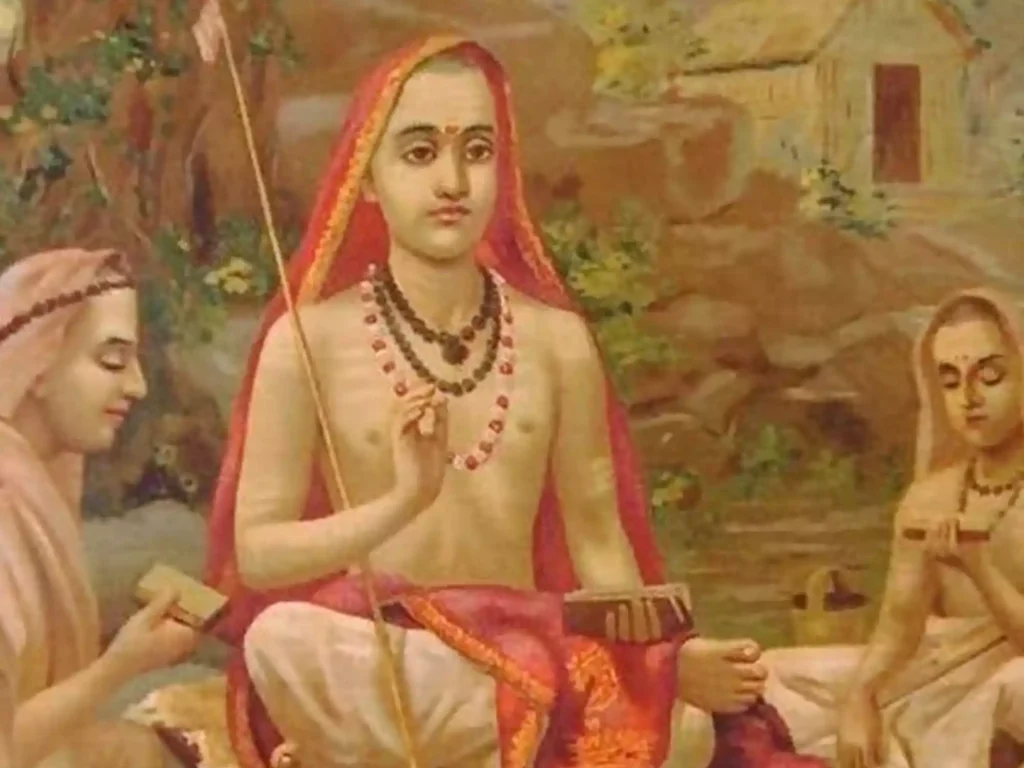
Often times the ancient explorers of India did not just gain knowledge for themselves, they also contributed richly to our culture and had a great influence on the destiny of our land. When Adi Shakaracharya, the 8th Century philosopher, travelled from his ancestral village in Kerala to the heights of the Himalayas in Kashmir, he became a proponent of Advita Vedanta and helped in reviving Hindu philosophies throughout the route that he covered.
Many other seers and saints have also taken such intellectual journeys, even from nearby countries and are counted among the early travellers to India. Their accounts coupled with the findings of the time give us an accurate picture of the tremendous importance that India held in the global content of the time.
It is no wonder that the ambition of the greatest travellers of the time were directed towards finding a route to India. If you have often wondered what those historical travel to India may have been like, join us as we take a deep dive through these captivating travel stories.
Ancient Indian Mariners and Traders
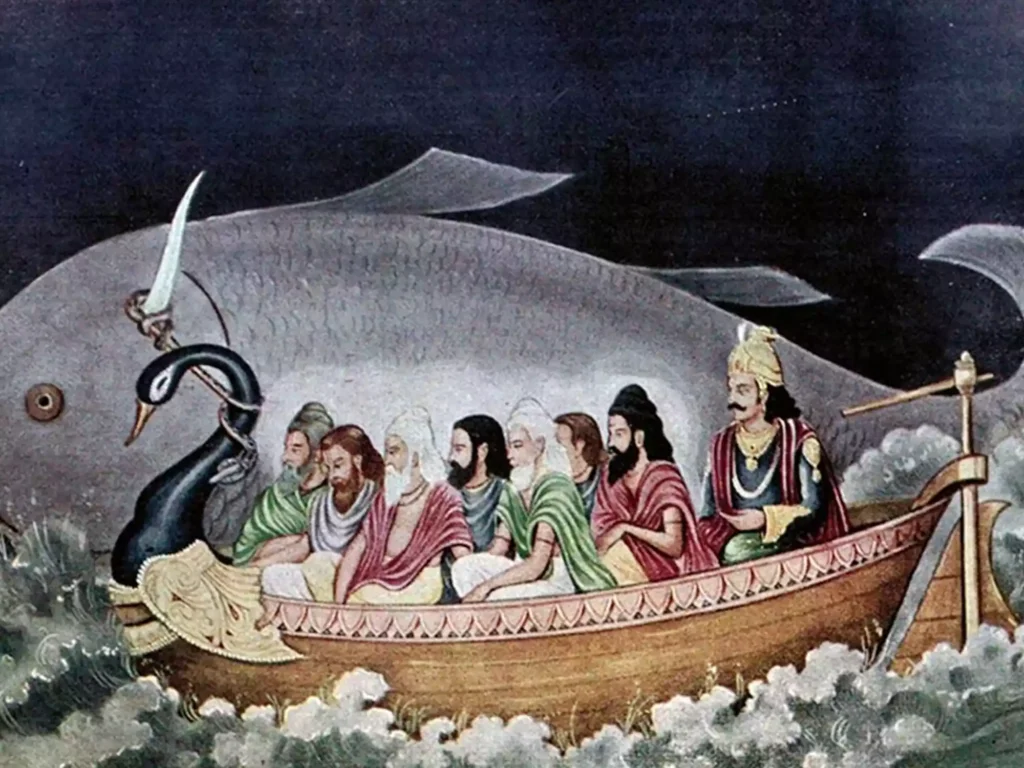
Did you know since when have Indians been mastering the art of seafaring? Well, it might baffle you to know that even our ancient texts such as the Vedas are rife with mentions about journeys through vast waters. While there is some debate about the exact time even among historians, they all agree that Indians had mastered the art of sea-faring even before there existed any formal record of such early Indian mariners.
The Vedic era Indians were carrying out trade as far as Mesopotamia, Bali, Java and Sumatra. So, it is likely that Ancient Indian explores were among the earliest to sail through the Arabian Sea and the gulf of Persia as well as the Indian Ocean trade routes.
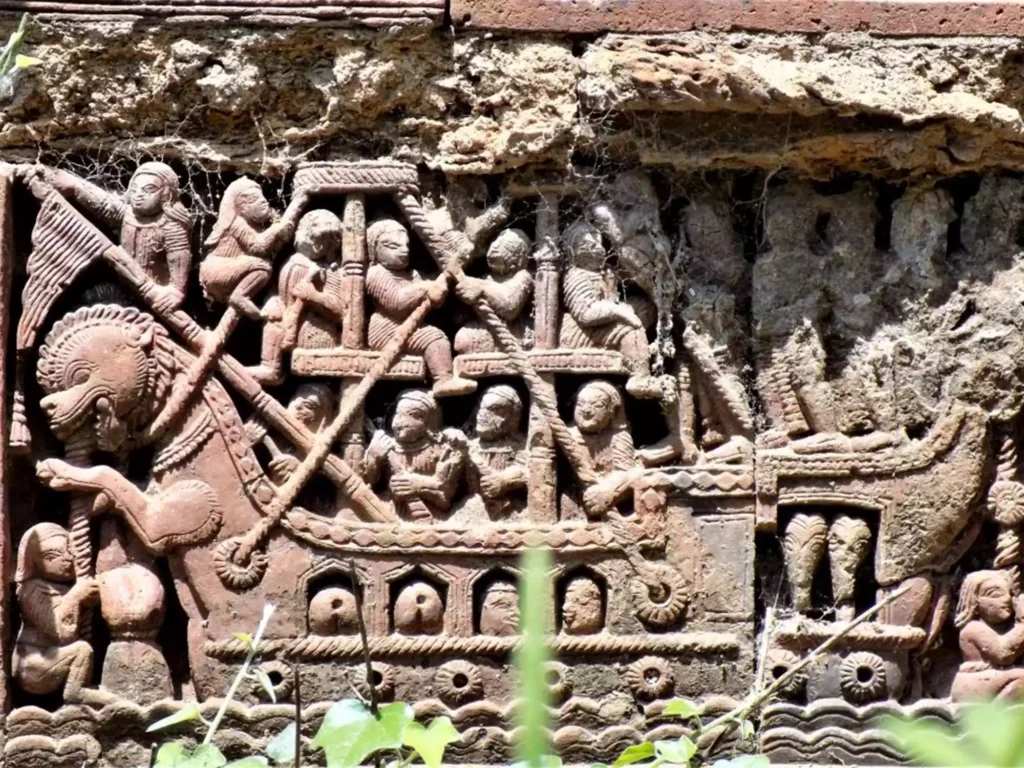
As Indians perfected the art of sailing, we find ample depictions of such travel in ancient scriptures and monument, the most pronounced being the ones of the Kalinga Dynasty in Orrisa and Chola Dynasty lower South.
Apart from the travellers through the sea, India also had many ancient trading routes passing through its heart. Most noteworthy among them is of course the Silk route. As the name suggests, the Silk Road trade India has seen the exchange of precious silk, gemstones, spices, and many other luxury goods that were highly valued throughout the ancient world and was the connecting route between Asia to Europe
So enduring was the allure of this route that it still continues to captivate the imagination of people.
You may also like: Sacred Sojourn: 10 Offbeat Budget Pilgrimage Sites in India
Greek and Roman Encounters with India
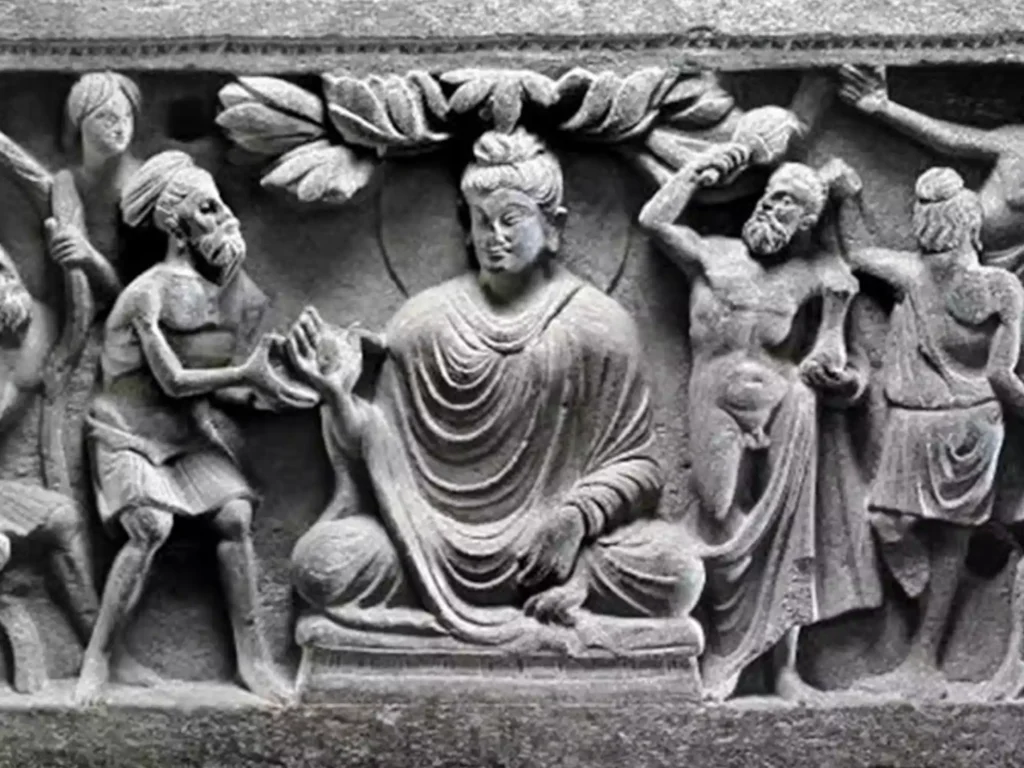
As the treasures of India reach Europe, naturally it whetted the Western world’s curiosity to come and see the rich land by themselves. The ancient Greek and Roman empire had thriving trade relations with India and there was a great demand for Indian finery there. They were among the first European travellers here. But the initial Greek explorers of India were mostly traders.
Encouraged by the magnificent stories of the tradesmen, next came the conquerors and the name that is imprinted forever in the history of our land is that of Alexander the Great. His India expedition not just strengthened our connection with the Hellenic world, it established better land routes between the two civilizations.
Another notable among the early encounter with the Greeks came when the traveller and ambassador of Megatheres came to the Maurya court. The Green and Roman exploration of India left its lasting impact on all aspects of life. In fact, may people in western India are said to be descendants of the early Greek conquerors.
The Arrival of Arab and Persian Explorers

With the inquest of Islamic rulers, our country saw a large influx of Arab travelers in India. Many of them came as a part of the court of the rulers themselves while many were established travellers who came in as state guests.
The early Islamic travellers chronicled their observation of the science, culture, philosophy and religion of the region and in they too left a deep imprint of the knowledge and culture that they carried with them.
One of the most famed Persian explorers, Al-Biruni’s travels in India led to him penning down the book Kitab-al-Hind.
Another Islamic traveller whose name we often come across is Ibn Battuta. This Moroccan traveller had already gained considerable name and fame before he came to India and was even offered a position in court which he held on for some time, before being beckoned by the spirit of travelling again.
You may also like: Walking Tours in India: The Best Way to Explore Cities
The Pilgrimage of Chinese Monks to India
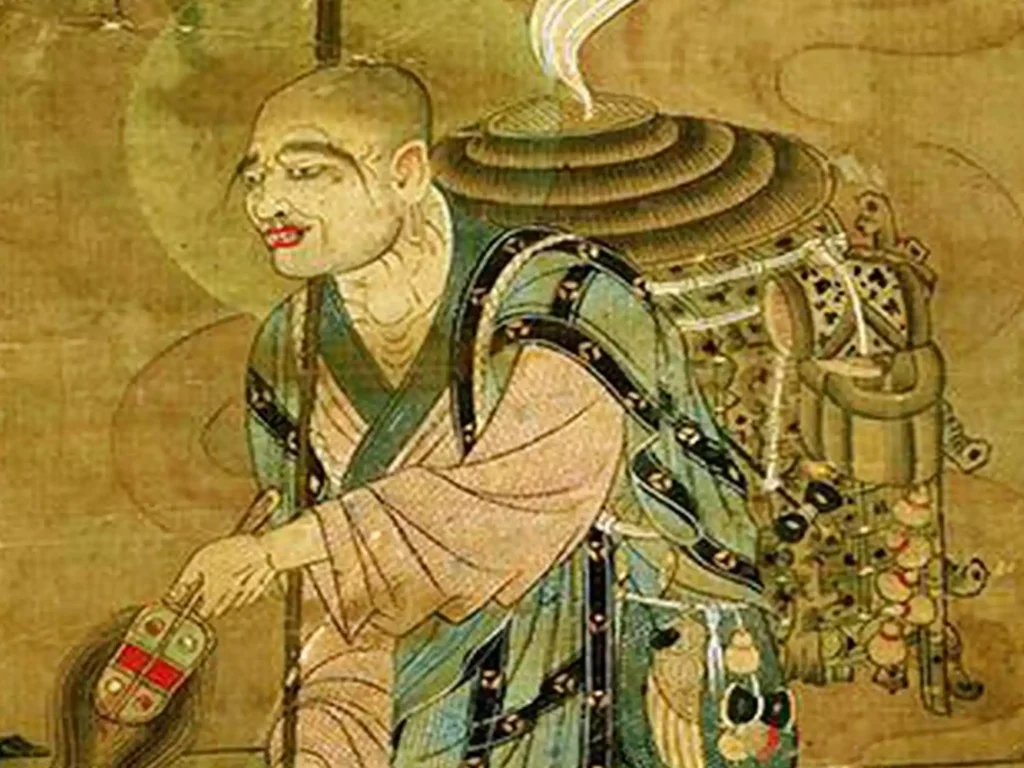
As a melting pot of culture and philosophical ideas, India is the birth place of several religions. Not all travellers came to India in the search of material wealth or to conquer the land, some came here to seek this rich wisdom too.
Among them were the Chinese monks who came to India in search of Buddhist texts. The Chinese monk, Faxian’s India journey in the 5th Century CE was also propelled by his determination to acquire a better understanding of the Buddhist texts and teachings.
The travels of another prominent Chinese monk, Xuanzang in India was also due to similar reasons. Following the Silk route, he came here to retrieve some ancient Buddhist texts and eventually spent more than a decade travelling through the Buddhist centres of learning in India.
Their travels not only enriched both the cultures but also had an impact on the religious philosophies of entire eastern Asia.
This old tradition of seeking knowledge from the birth place of Buddha has endured the test of time and Buddhist pilgrims in India are still a major source of international tourists in our country.
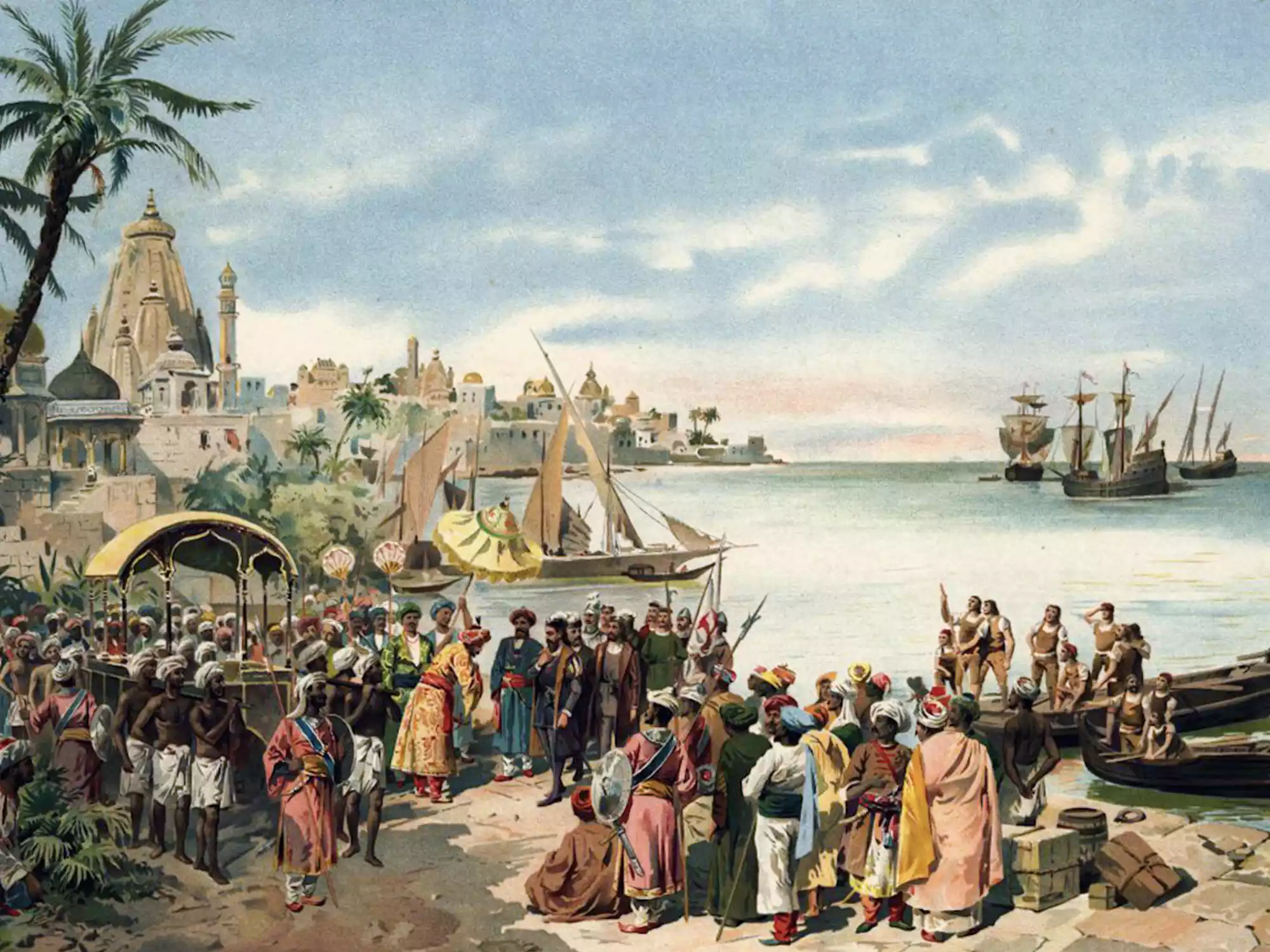
Comments
Post a Comment